Grafting Heirloom Tomato Plants
organic_nut
17 years ago
Featured Answer
Sort by:Oldest
Comments (23)
feldon30
17 years agolast modified: 9 years agoRelated Professionals
Jennings Landscape Architects & Landscape Designers · Otsego Landscape Architects & Landscape Designers · Fishers Landscape Contractors · Kearny Landscape Contractors · Red Oak Landscape Contractors · The Crossings General Contractors · Buena Park General Contractors · Davidson General Contractors · Ewing General Contractors · Linton Hall General Contractors · Ankeny Decks, Patios & Outdoor Enclosures · Carmel Decks, Patios & Outdoor Enclosures · Dedham Decks, Patios & Outdoor Enclosures · Fort Myers Decks, Patios & Outdoor Enclosures · Redlands Decks, Patios & Outdoor Enclosuresdelta_charlie
17 years agolast modified: 9 years agoJohn__ShowMe__USA
17 years agolast modified: 9 years agogeol
17 years agolast modified: 9 years agovodreaux
17 years agolast modified: 9 years agob2m2_moserproduce_com
17 years agolast modified: 9 years agofarkee
17 years agolast modified: 9 years agofarkee
17 years agolast modified: 9 years agoMacmex
17 years agolast modified: 9 years agogonefishin
17 years agolast modified: 9 years agobarrie2m_(6a, central PA)
17 years agolast modified: 9 years agogonefishin
17 years agolast modified: 9 years agobarrie2m_(6a, central PA)
17 years agolast modified: 9 years agojimboyce
17 years agolast modified: 9 years agodoof
17 years agolast modified: 9 years agogeol
17 years agolast modified: 9 years agogeol
17 years agolast modified: 9 years agokoreyk
16 years agolast modified: 9 years agobarrie2m_(6a, central PA)
16 years agolast modified: 9 years agosoconne
16 years agolast modified: 9 years agolightt
16 years agolast modified: 9 years agobarrie2m_(6a, central PA)
16 years agolast modified: 9 years ago
Related Stories

EDIBLE GARDENSSummer Crops: How to Grow Tomatoes
Plant tomato seedlings in spring for one of the best tastes of summer, fresh from your backyard
Full Story
EDIBLE GARDENSGarden BFFs? Why Your Vegetables Are Begging for Companion Plants
Foster friendships among plants for protection from pests, pollination support and color camaraderie
Full Story
GARDENING GUIDESCalifornia Gardener's June Checklist
Update your hydrangeas, catch up on tomatoes and more ways to enjoy your California garden in June
Full Story
FARM YOUR YARDHouzz Call: Home Farmers, Show Us Your Edible Gardens
We want to see where your tomatoes, summer squashes and beautiful berries are growing this summer
Full Story
EDIBLE GARDENS8 Surefire Vegetables and Herbs for Beginning Gardeners
Learn the edible plants that are popular and easy to grow in a backyard or container garden
Full Story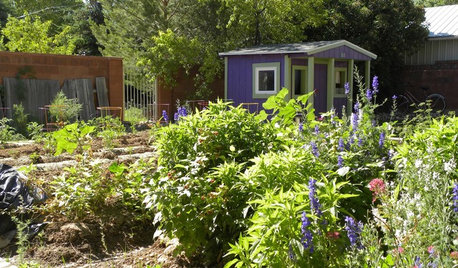
HOUZZ TOURSMy Houzz: Bohemian Cottage and Vegetable Garden
Family heirlooms, original art and a verdant edible garden are at the heart of this eclectic cottage in southern Utah
Full Story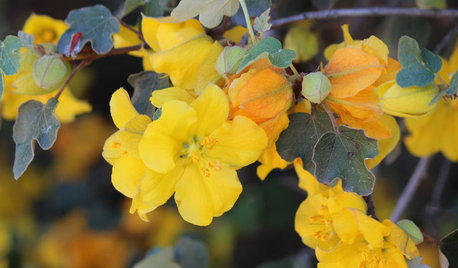
CALIFORNIA GARDENINGCalifornia Gardener's May Checklist
Only one major chore but a plethora of planting possibilities means a delightful month in California gardens
Full Story
GARDENING GUIDES10 Easy Edibles for First-Time Gardeners
Focus on these beginner-friendly vegetables, herbs, beans and salad greens to start a home farm with little fuss
Full Story
GARDENING GUIDESPacific Northwest Gardener: What to Do in May
Take advantage of May's warmth to prune spring blooms and plant vegetables and annuals for a summer bounty
Full Story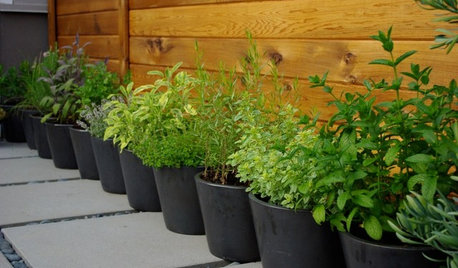
GARDENING GUIDES6 Ways to Grow Edibles in Small Places
No big backyard? Join in the grow-your-own fun with these small-space ideas for planting vegetables, fruits and herbs
Full Story





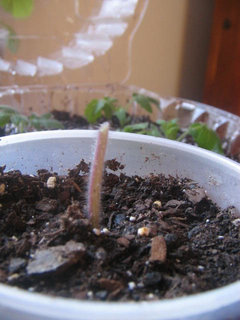
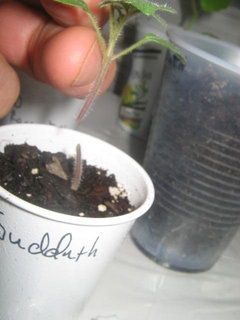
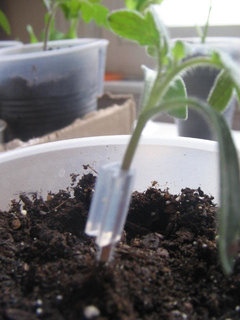
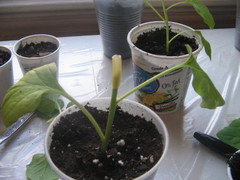

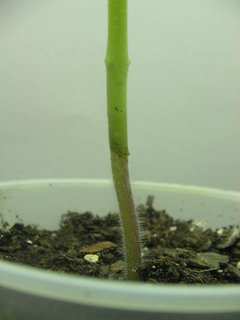

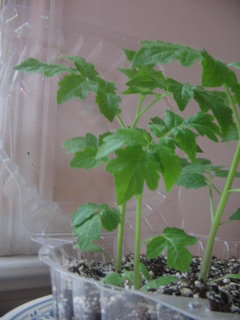

delta_charlie